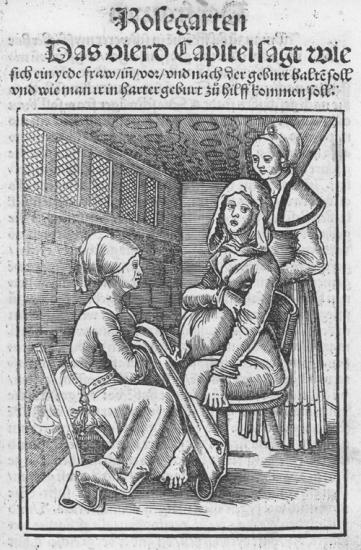Katy Meyers Emery
Source - http://www.bonesdontlie.com/
When I saw this word I just knew it would make a great new morbid terminology. If we take the word apart, there are two major pieces: cemento and chronology. Chronology is the easy one; it means the arrangement of events or dates in the order of their occurrence. When we are talking about building chronologies in archaeology, we are arranging objects of some sort into the order in which they occurred. Cemento is a little harder. At first reading, I was thinking cemetery, but that is definitely not right. Nor is it related to cement, the hard binding substance we use in construction sites. Rather, it refers to cementum, one of the four tissues found in teeth. So when we put it all together, cementochronology is the study of cementum in the teeth to determine the age at death of an individual! First, let’s look a little into the process of this, and then we will examine a case study using this method.
 Anatomy of a tooth, via Culpepper DDS
Anatomy of a tooth, via Culpepper DDS
Cementum is one of the four tissues that support teeth in the jaw. The other three are the bone itself (aveolar), the periodontal ligament and gums. The primary function of the cementum is to provide a point of attachment between the periodontal ligament and the teeth. It is fairly similar in composition to bone, but it doesn’t go through remodeling and it is continually formed throughout life (two very important factors when trying to use it to determine age at death). Each year, cementum forms as a light and dark band surrounding the tooth root that can be seen under a microscope. Similar to counting the lines in a tree, we can count the number of lines in the tooth cementum by adding the average age of tooth eruption to the number of lines seen.
A new study by Blondiaux et al. (2015) uses cementochronology in order to examine sex-specific survival differences in pre-industrial northern France societies. Previous studies of mortality trends in the past have not been able to provide a range of evidence to support their arguments, or studies have been effected by low preservation of skeletal material. Since cementochronology shows specific chronological age and teeth are often better preserved, this method will allow for a more accurate test of differences in survival between males and females. The sample includes a range of sites dating from Late Antiquity to the Late Middle Age in northern France, with 3571 individual bone assemblages included. Of this sample, 1031 individuals had at least one tooth present and could be identified as either male or female. In order to determine how age-at-death changed by period, the skeletons from the sample were divided into three major time periods: Late Antiquity, Early Middle Ages and Late Middle Ages.
 Eucharius Rößlin Rosgarten Childbirth Image via Wikimedia
Eucharius Rößlin Rosgarten Childbirth Image via Wikimedia
Based on their analysis of the cementum from these hundreds of skeletons revealed a number of interesting trends in mortality and sex-specific survival. First, until about 80 years ago, there is a survival difference in males and females, with an average difference of age at death of 2.7 years in favor of males. In general, overall age at death improved by around 6 years with the transition from the Late Antique to the Early Middle Ages, though there was a decline in the Late Middle Ages due to the plague. One trend they found was that while there weren’t major differences in age at death between males and females in general, when you look at more specific age groups there are. Females in all periods had higher mortality when they were at a reproductive age (teens, 20s, 30s), but then lower mortality in older age. Until recently, childbirth has been a major cause of death among women due to lack of sterile conditions and ways to deal with complications. Not surprisingly then, females who were found in monastery related cemeteries (likely nuns themselves) had much lower mortality, likely because they were celibate and therefore weren’t going to die during childbirth.
The findings from this study are not surprising- upper classes and religious institutions had better access to food and were more likely to survive, and over time mortality has decreased; it also isn’t surprising that women were more likely to die as a young adult then men due to childbirth. What is interesting about this study, is the use of cementochronology to provide the specific chronological age of individuals, giving the archaeologists strong evidence to support these facts. By using this method at other sites, we can continue to improve our understanding of mortality in the past, and see how it changed with technological improvement, urbanization, diseases and other broad processes.
Blondiaux, J., Naji, S., Audureau, E., & Colard, T. (2015). Cementochronology and sex: A reappraisal of sex-associated differences in survival in past French societies International Journal of Paleopathology DOI: 10.1016/j.ijpp.2015.05.001
Cementochronology Website: great research for those interested in using the process or seeing who is using it for their research! http://www.cementochronology.com/